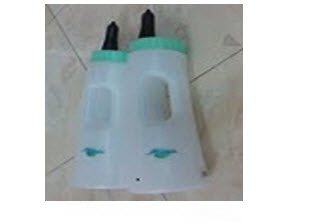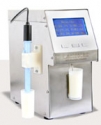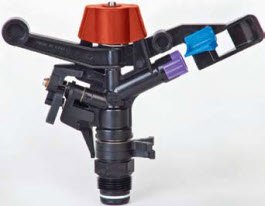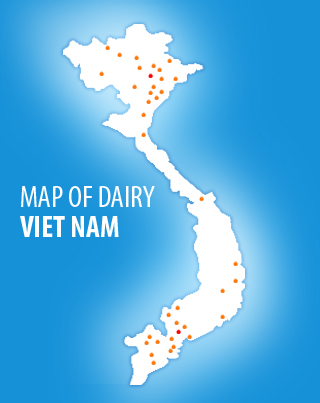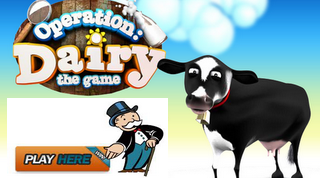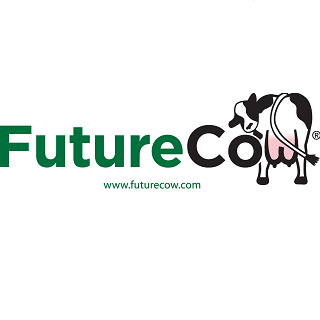News
CME: Liquidation of Dairy Herd Behind Increase in Cow Slaughter
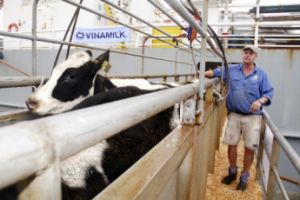
Market participants pay close attention to this report to get a sense as to the supply of cattle that will be available for marketing in the next few months. Especially interesting will be the supply of cattle that were placed on feed during June and implications this has for fed cattle slaughter towards the end of the year. We will provide an overview of analyst estimates when they become available in the next day or two.
The second report is the semi-annual survey of cattle operations and the inventory of various cattle categories. This is a smaller sample survey but still offers a benchmark of cattle supplies in the middle of the year and a chance to update supply estimates for 2020 and 2021.
US cattle producers have been expanding their herds in recent years thanks to relatively low feed costs, good pasture conditions and strong returns. However, some of these trends appear to be shifting and there has been a notable slowdown in the pace of expansion.
Has the expansion come to an end? That is one of the questions that the semi-annual survey should help address. Cow slaughter was higher in the first half of the year but a higher rate of slaughter does not always mean that producers are liquidating.
After all, a larger cow herd also means more cull cows available thus it is advisable to put the cow slaughter numbers in the broader context of the available cow inventory. Actual cow slaughter numbers for this year are available for the Jan- May period.
We estimate that cow slaughter for June was 484k head, 1.9 percent lower than a year ago. This decline is entirely due to the fact that there was one less marketing day in June 2019 vs. year ago. Using this estimate, we calculate the total cow slaughter in the first six months of the year to be 3.118 million head, 76,500 head or 2.5 percent higher than the previous year.
In the first half of the year, the ratio of cow slaughter vs. the 1 Jan cow herd, assuming our estimates are correct, was 7.6 percent compared to 7.4 percent the previous year and 7 percent the year before. This is the highest cow cull ratio for the first half of the year since 2013 and suggests some liquidation likely taking place.

One of the main drivers behind the increase in cow slaughter during the first half of the year was the liquidation of the dairy herd. Poor margins, especially for producers in smaller, high cost dairy producing states, resulted in a notable increase in dairy culling earlier this year.
The dairy cow herd in May was estimated at 9.333 million head, 89,000 head or 0.9 percent lower than a year ago. Some analyst estimates, such as those from LMIC, already have the 1 July dairy inventory down about 1.1 percent.

We will wait for wire services to publish their normal survey of analyst estimates and offer a complete review of what analysts expect to see in the latest USDA survey and implications for beef production down the road.
The table below provides our normal recap of key production and price data from the previous week. What stands out, again, is the number of hogs coming to market at this time. According to USDA hog slaughter for the week was 2.415 million head, 6 percent higher than year ago.
USDA currently estimates average hog carcass weights to be about 2.9 percent higher than a year ago. This likely overstates the case but it would be fair to say weights are up about 1.5 percent higher than a year ago. Even with this more conservative estimate, pork production for the week was up 7.5 percent and explains current weak pork pricing.





